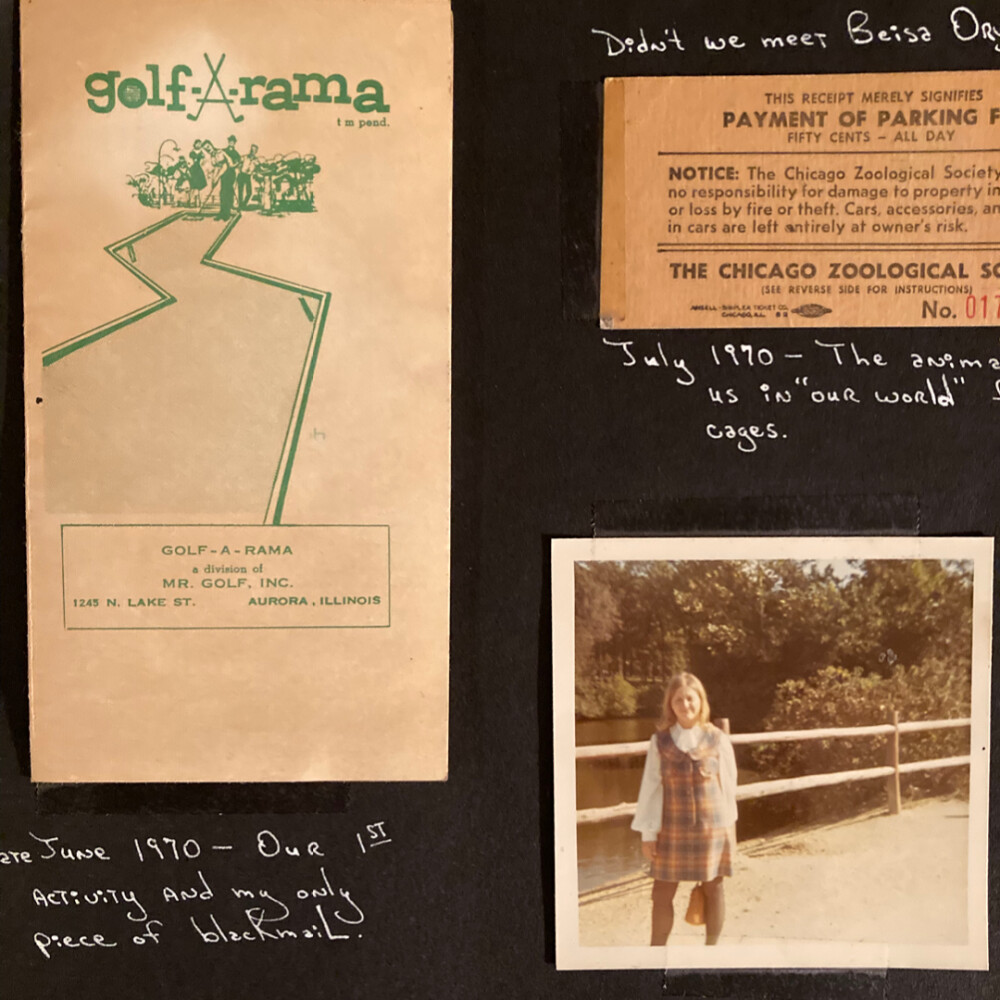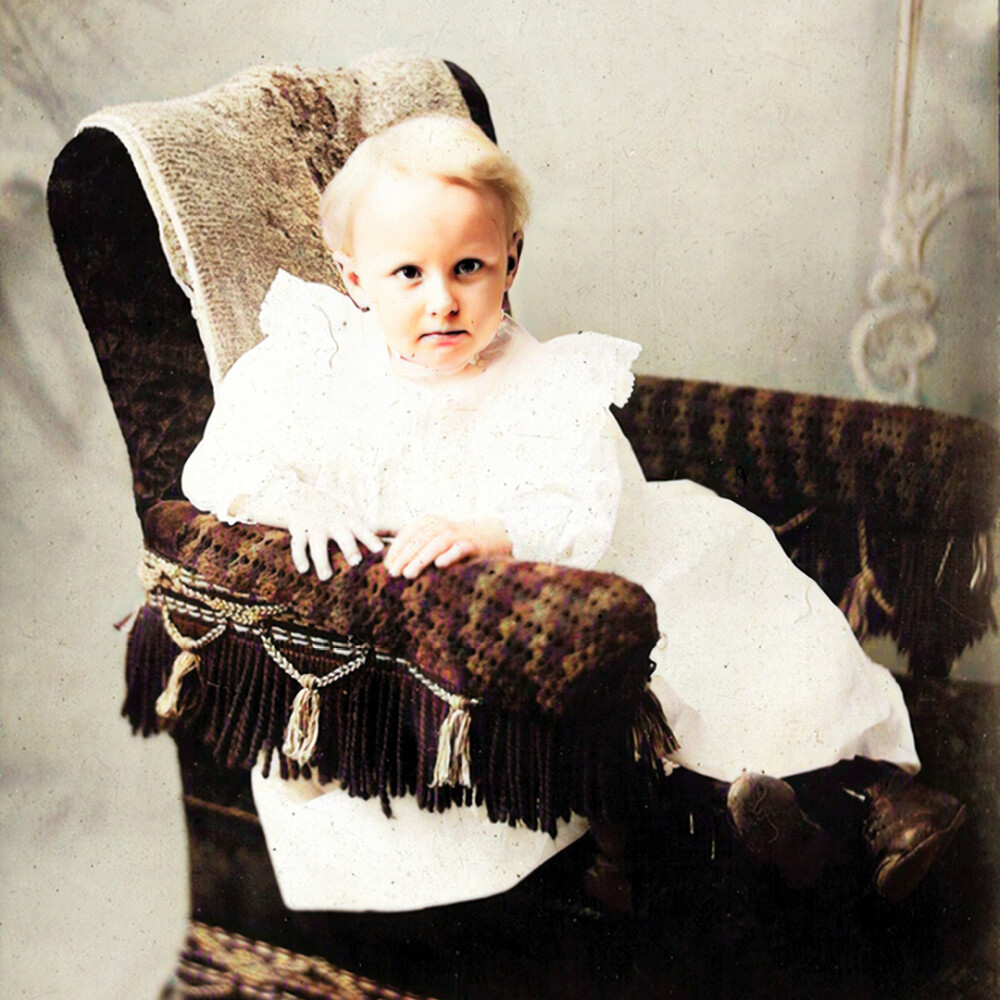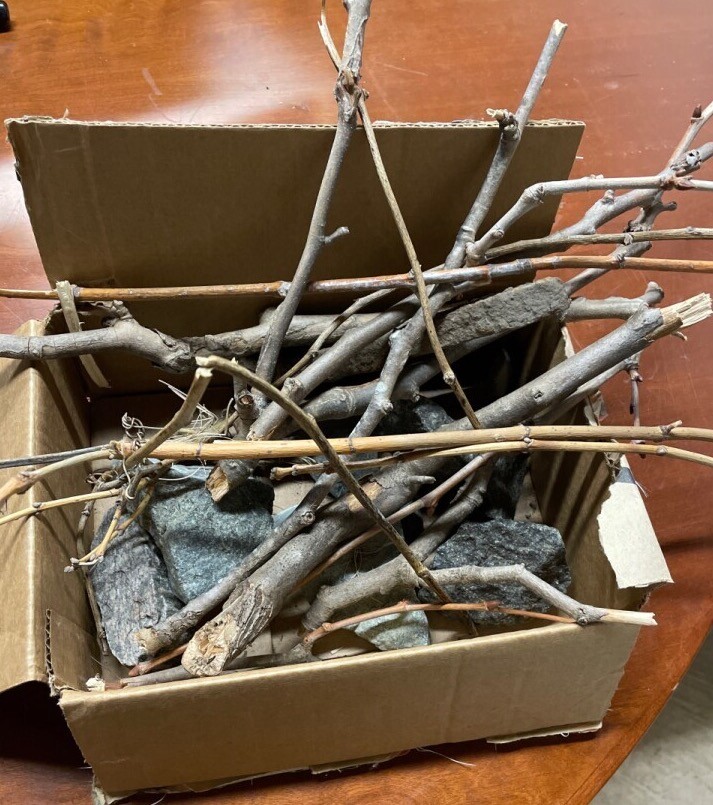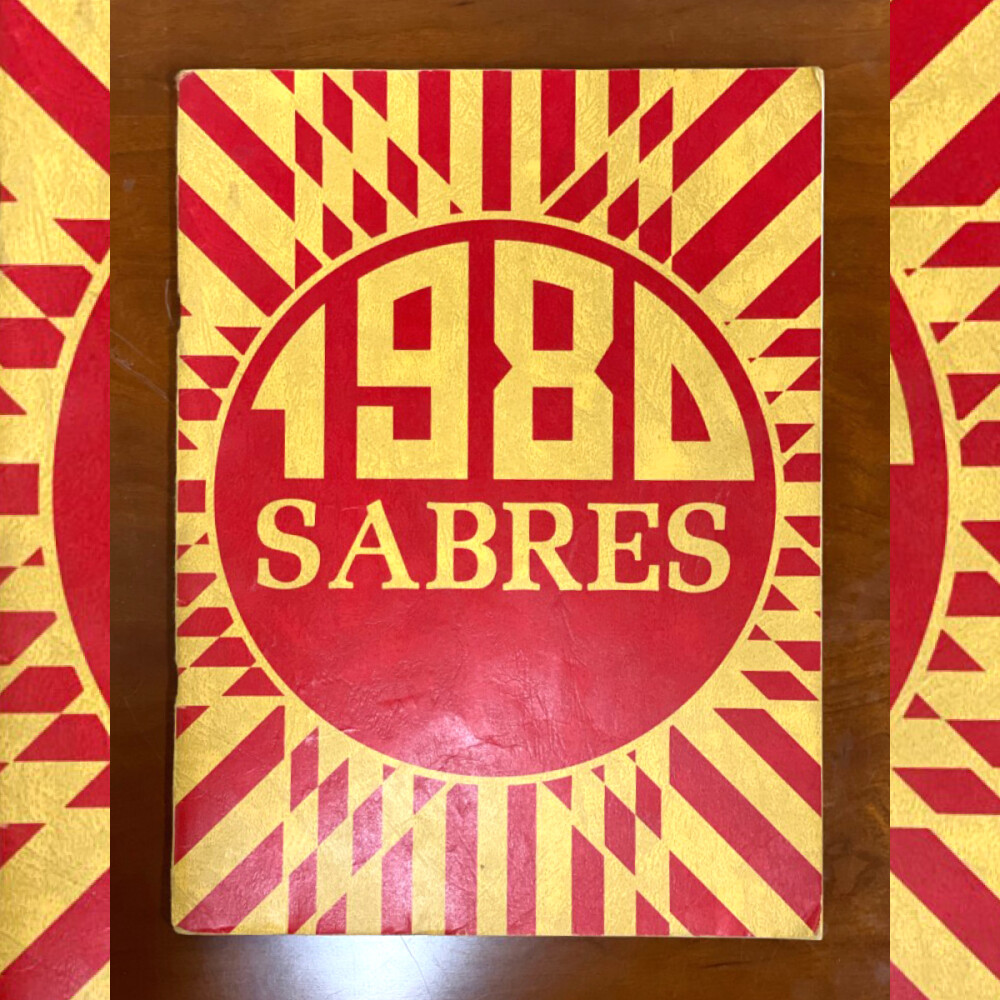Today we have a special contribution from a guest curator who said enough to the status quo. In her case, that means turning a new leaf in her approach to saving family memories and mementos by no longer relying on keepsake boxes, Instagram, and photo albums alone. These were the options that got her through the exhausting early days of motherhood + entrepreneurship + life all jumbled together in what we call LIFE! Now, she’s moving on with Artifcts.
________________
When Elena, my second daughter, was born 23 months after her sister Estella, I was suddenly in the throes of a very unique and personal post-partum reality. We were still in the midst of COVID and on top of all that, my startup company was only two years old. I was just trying to survive.
While I wanted to capture all of my girls' incredible baby moments, the idea of creating a baby book or scrapbook seemed very time-consuming and utterly impossible at the time. The best I could do was collect random mementos for each of my girls and place them in a box, hoping to alleviate the guilt of not doing more. Ironically, I couldn't even tell you what was in my older daughter's box without taking a look. And even then, many of the items are now a blur. I know what is in Elena’s but only because I just started filling it.
Then there’s my family and friends, near and far. I post on Instagram so they can at least see the funny things the girls do. But that’s all I mostly post – the funny moments like Estella eating flaming hot Cheetos for the first time or trying to eat the sand at the beach.
While people get a sense of their personalities, there is nothing super personal about my feed. There’s nothing that shows who my girls really are, what they are learning, or what they are experiencing. And you would think they are raising themselves, as I am completely absent, except for my voice from time to time.
Re-experiencing Life through Artifcts
I recently sat down with my friend Ellen who is the co-founder of Artifcts. Artifcts offers concierge Artifcting and I wanted to support her, so I decided to spend some time together Artifcting. I’ll be honest, I love Ellen, but until we sat down together, I really didn’t get how magical Artifcts is. (Now I see there is literally a testimonial on the membership page that says the same. I should have believed them!)
Before she arrived, I pulled out a few pieces of family heirloom jewelry, some artwork I inherited from my grandmother, and my daughters’ memento boxes. As we Artifcted, I realized how valuable it was to attach a story to an object. As I was Artifcting my two engagement rings (There's a story!) I realized I could combine the photos with an audio recording of myself telling the story for my daughters, bringing the whole experience to life for them to treasure at a later date. And I can add the appraisal documents for my rings to the Artifct and even say who will get my rings one day in the future (one for each, obviously) That’s not something I can or WOULD do on Instagram.
I tried out Artifcting videos and photos already on my phone, clicking share and choosing the Artifcts app. It’s just as easy as posting to Instagram. Now finding a cute memory and photo of Elena is much easier because all I have to do is open the Artifcts app, rather than combing through 1,000s of photos on my phone.
So, what will I do now?
I’m still going to use Instagram for those laugh-out-loud moments, but I’ll be adding my friends and family to Artifcts so I can share more meaningful moments and objects with them privately. I know I can always post an Artifct to Instagram, too. I now have a digital scrapbook of Artifcts for my girls, for me, and for my family. Once I started Artifcting, I could feel the guilt start melting away. Artifcts is everything I never knew I needed, an easy way to collect my memories and connect them with my family and friends. Moms, Dads, get in there. You won’t regret it.
###
© 2023 Artifcts, Inc. All Rights Reserved.



















 Scanned copy of a ship passenger manifest validating when my grandmother,
Scanned copy of a ship passenger manifest validating when my grandmother,







